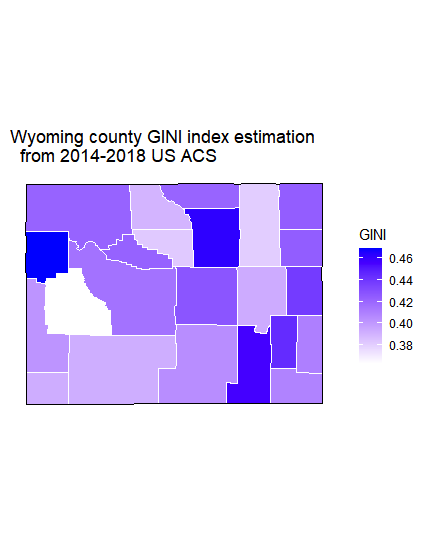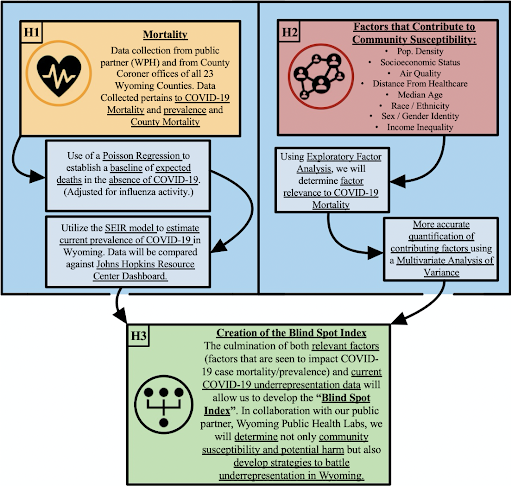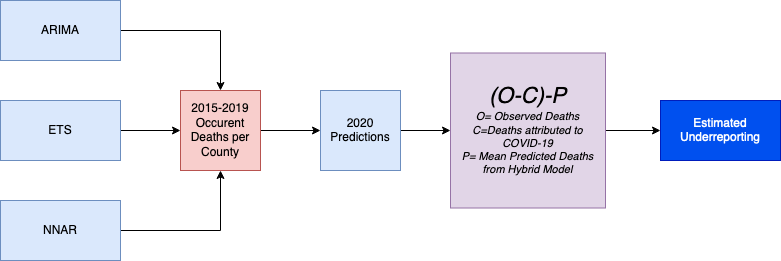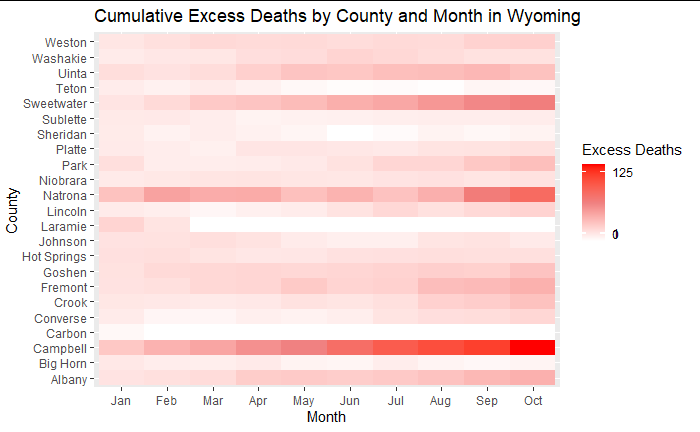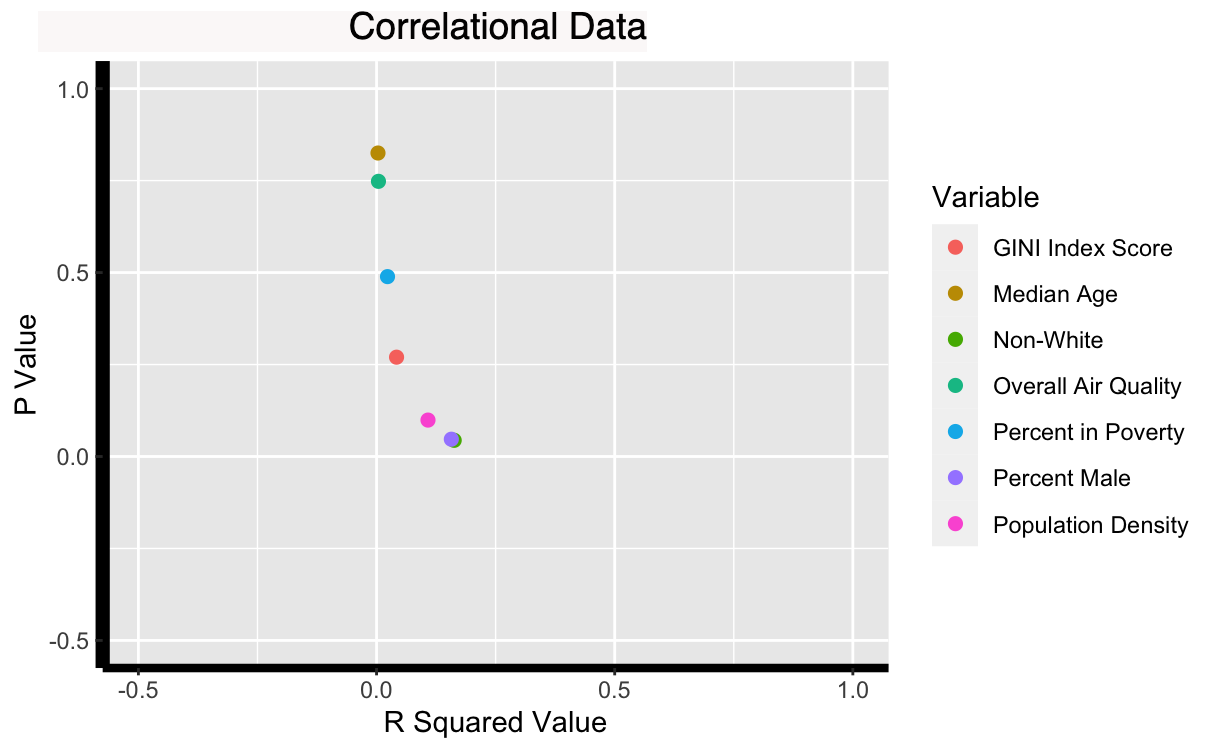|
Annaliese Bronner | Jared Spencer | Liam Guille ABSTRACT |
Our Objectives
This project was a part of the 2020 Microbiology Capstone. Our team was dedicated to more robustly understanding the impacts of COVID-19 in the state of Wyoming in two ways: |
